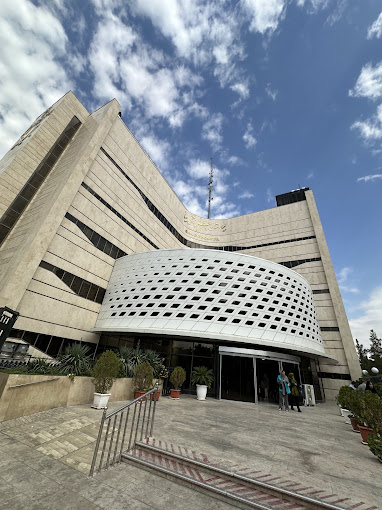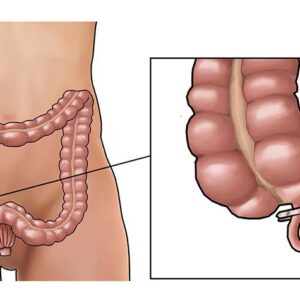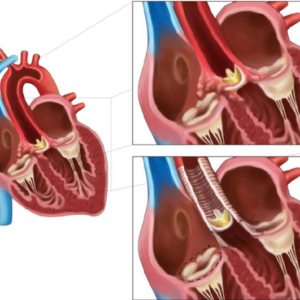Familiarity with Treatment
Tarsorrhaphy, also known as blepharorrhaphy, is a surgical procedure where the upper and lower eyelids are partially sewn together to narrow the eyelid opening. This helps protect the cornea and promote healing by reducing exposure12.
Procedure
The procedure involves suturing the eyelids together, either partially or completely. It can be temporary or permanent, depending on the underlying condition and the desired outcome. Temporary tarsorrhaphy is often used to allow the cornea to heal over a few weeks, while permanent tarsorrhaphy is used for long-term protection12.
Who is it Suitable For?
- Patients with non-healing corneal defects or ulcers
- Individuals with severe dry eye that doesn’t respond to conventional treatments
- Patients with lagophthalmos (incomplete eyelid closure) due to facial paralysis
- Those with bulging eyes from thyroid eye disease
- Patients with floppy eyelid syndrome or poor blinking rates due to neurological conditions12
Who is it Not Suitable For?
- Patients with active infections around the eyelids
- Individuals with severe eyelid malpositions that require different surgical interventions
- Those who may not tolerate the procedure due to other underlying health conditions12
Advantages
- Protects the cornea from exposure and promotes healing
- Reduces the risk of corneal ulcers and infections
- Can be adjusted or reversed if necessary
- Provides a more stable environment for the eye to heal12
Complications
- Infection at the suture site
- Discomfort or irritation from the sutures
- Potential for eyelid malposition if not performed correctly
- Temporary or permanent vision obstruction, depending on the extent of the tarsorrhaphy12
Previous Care
- Comprehensive eye examination to determine the need for tarsorrhaphy
- Treatment of any existing infections or inflammations
- Discussion of the procedure, risks, and benefits with the patient









Reviews
There are no reviews yet.